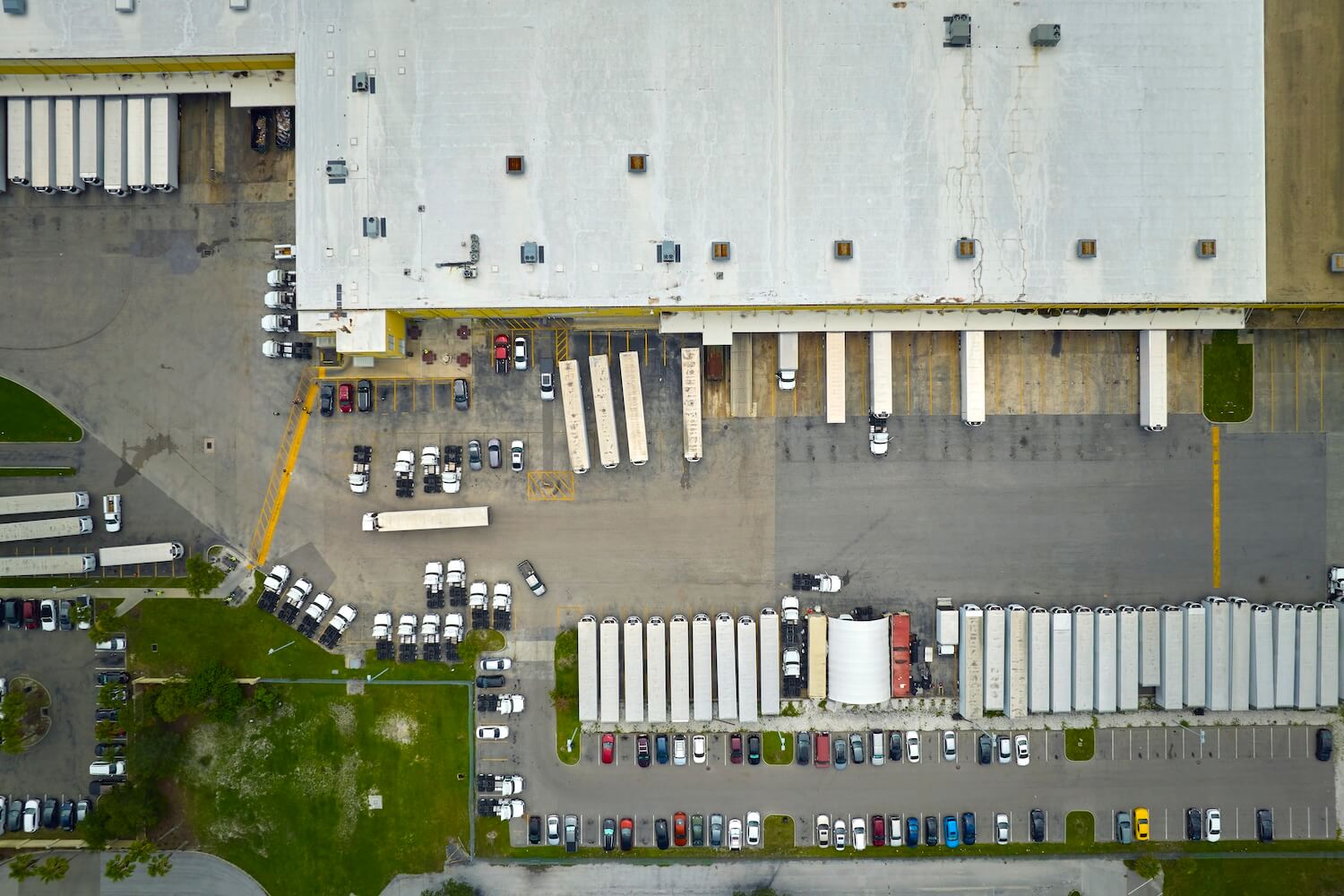A commercial roof does more than cover a building—it protects assets, maintains climate control, ensures employee safety, and keeps daily operations running smoothly. Yet, despite its importance, the roof is often one of the most neglected components of a building until it begins to leak or show visible signs of damage.

Fortunately, there are numerous proven strategies and techniques that building owners, facility managers, and property investors can implement to significantly extend the lifespan of a commercial roof, often saving thousands of dollars in the long run. This article provides a comprehensive, step-by-step guide to long-term commercial roof care—covering everything from maintenance schedules to advanced protective technologies.
Understanding the Life Expectancy of Commercial Roofs
Before we explore specific techniques, it’s important to understand the typical lifespan of various commercial roofing systems. Each roofing type comes with its own expected longevity, determined by factors like material, installation quality, climate, and maintenance history.
| Roofing Material | Typical Lifespan |
|---|---|
| Built-Up Roofing (BUR) | 15–30 years |
| Modified Bitumen | 10–20 years |
| EPDM (Rubber) | 20–30 years |
| TPO (Thermoplastic Polyolefin) | 15–25 years |
| PVC (Polyvinyl Chloride) | 20–30 years |
| Metal Roofing | 30–45 years |
| Spray Polyurethane Foam (SPF) | 20–30 years |
Important Note: These are average figures. With proper maintenance, many commercial roofs exceed their expected lifespan.
1. Establish a Proactive Roof Maintenance Program
Neglect is the number one cause of premature roof failure. A well-designed maintenance program is your most powerful tool for extending roof life. Think of it like regular oil changes for your car—it prevents major breakdowns.
Key Maintenance Program Features:
Scheduled Biannual Inspections:
Inspections in spring and fall help catch problems caused by harsh seasonal conditions. During these inspections, a roofing professional should:
-
Look for membrane damage, cracks, or seam separations
-
Inspect flashing, edges, and penetrations
-
Check for standing water or blocked drains
-
Evaluate signs of foot traffic damage or punctures
After-Storm Checks:
Every severe weather event—from hailstorms to high winds—can cause subtle or serious damage. Even if leaks don’t appear immediately, small tears or uplifted seams can become major issues down the line.
Minor Repairs on the Spot:
Don’t put off small fixes. Patching a blistered membrane, sealing a seam, or replacing cracked flashing early prevents more expensive and widespread deterioration.
Roof Report Documentation:
Keep a detailed record of each inspection. This helps track trends in wear and tear, verify warranty compliance, and prepare budgets for future work.
2. Keep Roof Drainage Systems Clean and Functional
Water is a roof’s biggest enemy. Standing or “ponding” water on a flat or low-slope roof can degrade materials, promote algae and mold, attract pests, and ultimately lead to leaks and structural damage.
Causes of Poor Drainage:
-
Clogged internal drains or scuppers
-
Inadequate slope due to poor design or insulation deterioration
-
Accumulated debris such as leaves, roofing granules, or bird nests
How to Maintain Efficient Drainage:
-
Clear all drains, gutters, and downspouts regularly. Schedule quarterly cleanings—more often during heavy leaf season.
-
Inspect drain seals and strainers. Replace broken or missing strainers to prevent debris buildup.
-
Ensure sufficient slope. Use tapered insulation systems to improve drainage if ponding water becomes chronic.
-
Consider additional drains. A professional roofer can evaluate if adding scuppers or internal drains would help water flow more efficiently.
Even a half-inch of standing water can weigh over five pounds per square foot—over time, that weight adds up and strains the roof’s structure.
3. Inspect Roof Flashing and Penetrations Frequently
Roof penetrations—vents, HVAC units, skylights, pipes, and equipment mounts—are some of the most vulnerable points on a commercial roof. These areas require special flashing to seal and protect them from water intrusion.
Watch for:
-
Loose or lifted flashing
-
Deteriorated caulking or sealant
-
Rust or corrosion on metal flashing
-
Cracks or shrinkage around penetrations
Flashings should be inspected every 6 months. Reapplying sealant, tightening fasteners, and replacing worn components can prevent small vulnerabilities from becoming major leaks.
4. Minimize and Manage Roofing Foot Traffic
Most commercial roofs aren’t built to handle constant foot traffic. Maintenance workers, HVAC techs, and even cleaning crews can unknowingly cause damage by walking across vulnerable areas, dragging tools, or placing equipment improperly.
Protection Tips:
-
Install walkway pads to guide personnel across safe zones
-
Clearly mark no-access areas
-
Train staff and vendors on best practices for rooftop access
-
Document all roof access events to trace damage if needed
High-traffic areas are prone to punctures, membrane wear, and damage to seams and insulation—causing premature aging.
5. Use Reflective Roof Coatings for Longevity and Energy Savings
Roof coatings serve as a protective layer that enhances durability and increases resistance to UV rays, moisture, and physical wear. They also improve a building’s energy efficiency by reflecting sunlight and reducing heat gain.
Common Coating Types:
-
Acrylic: Water-based, UV-resistant, cost-effective
-
Silicone: Great for wet climates, resistant to ponding water
-
Polyurethane: Excellent for high-traffic areas, abrasion-resistant
Benefits of Roof Coatings:
-
Extends life of existing membrane by 10–15 years
-
Improves waterproofing
-
Enhances fire resistance
-
Reduces energy costs by up to 30%
Coatings can be reapplied as part of a long-term maintenance strategy—postponing full replacement for decades in some cases.
6. Address Roof Leaks Immediately
Even a single leak can compromise insulation, corrode metal decks, damage equipment, and promote mold growth. The longer you wait, the more damage it causes.
Leak Detection Tools:
-
Infrared thermography to detect wet insulation under membrane
-
Electronic leak detection systems for pinpoint accuracy
-
Moisture probes to assess saturation levels in insulation
Repair Tips:
-
Act quickly. Delays in patching a leak often result in costlier structural repairs.
-
Use system-compatible repair materials. Don’t patch an EPDM roof with a PVC product.
-
Verify the root cause. Fixing symptoms without addressing origin (e.g., a failed drain or rooftop unit) will lead to recurring issues.
7. Monitor Internal Conditions and Energy Efficiency
Changes inside the building can be your first alert to roofing problems—especially those affecting insulation or air barriers.
Internal Warning Signs:
-
Rising utility bills despite consistent HVAC use
-
Drafts or inconsistent temperatures in upper floors
-
Humid, musty smells—especially near ceiling tiles
-
Discoloration on interior ceilings or high walls
If your energy efficiency is declining and you’ve ruled out HVAC problems, it may be time to inspect the roof for compromised insulation, open seams, or vapor intrusion.
8. Reinforcing Vulnerable Roof Sections
Some parts of the roof endure more stress than others. These include areas around equipment, roof edges, expansion joints, and drains. Reinforcing these areas extends the entire system’s longevity.
Techniques:
-
Double-layer membranes around drain bowls or HVAC curbs
-
Tapered insulation crickets to prevent water from pooling behind rooftop units
-
Wider flashing skirts at parapets to minimize water entry
-
Impact-resistant mats under rooftop antennas or satellite dishes
Proactively reinforcing weak spots prevents systemic failure when these areas eventually give way.
9. Implement a Roof Asset Management Program
For large properties, campus-style facilities, or commercial landlords with multiple buildings, managing roofing systems across locations can be overwhelming. A formal roof asset management system simplifies this.
Program Elements:
-
Centralized database with inspection records, photos, and service history
-
Lifecycle planning to anticipate replacement costs
-
Warranty tracking to ensure eligible repairs are claimed
-
Budgeting support for future capital improvements
Many roofing companies offer asset management tools or software that track condition, prioritize repairs, and provide lifecycle forecasting.
10. Plan for the Future: Know When to Repair vs. Replace
Eventually, every roof reaches the end of its useful life. Trying to stretch a failing roof can lead to higher long-term costs from recurring repairs, energy inefficiency, and risk of damage to your building’s contents.
When to Replace:
-
The roof is over 80% patched or repaired
-
Insulation is saturated or moldy
-
The structure is compromised
-
Leaks are frequent, despite regular maintenance
Planning Tip:
Budget for replacement 3–5 years in advance so you can choose the best materials, hire the right contractor, and avoid last-minute emergency expenses.
Final Roofing Thoughts
Your commercial roof is more than a passive overhead structure—it’s a critical system that protects your investment, your people, and your operations. With strategic care, routine maintenance, and the right materials, you can extend its service life well beyond the typical expectancy. This proactive approach not only prevents unexpected repair costs but also ensures energy efficiency, safety, and long-term peace of mind.
To recap, the most effective strategies include:
-
Implementing a proactive maintenance plan
-
Managing drainage and water flow
-
Repairing minor issues before they escalate
-
Applying protective coatings
-
Limiting roof traffic and reinforcing vulnerable areas
-
Monitoring building interior conditions
-
Using advanced tools and planning for timely replacement
Partner with Deschutes Roofing for Long-Term Protection
At Deschutes Roofing, we understand that no two commercial roofs are alike. That’s why we offer tailored maintenance programs, expert inspections, and high-performance materials designed to maximize your roof’s durability and efficiency. Whether you manage a retail center, warehouse, office complex, or industrial facility, our team is here to help you make informed decisions and avoid costly surprises.
We take pride in delivering honest assessments, quality craftsmanship, and long-term value—so you can focus on running your business, not worrying about your roof.
Ready to extend the life of your commercial roof?
Contact Deschutes Roofing today for a comprehensive inspection or to learn more about our commercial roofing maintenance plans.










